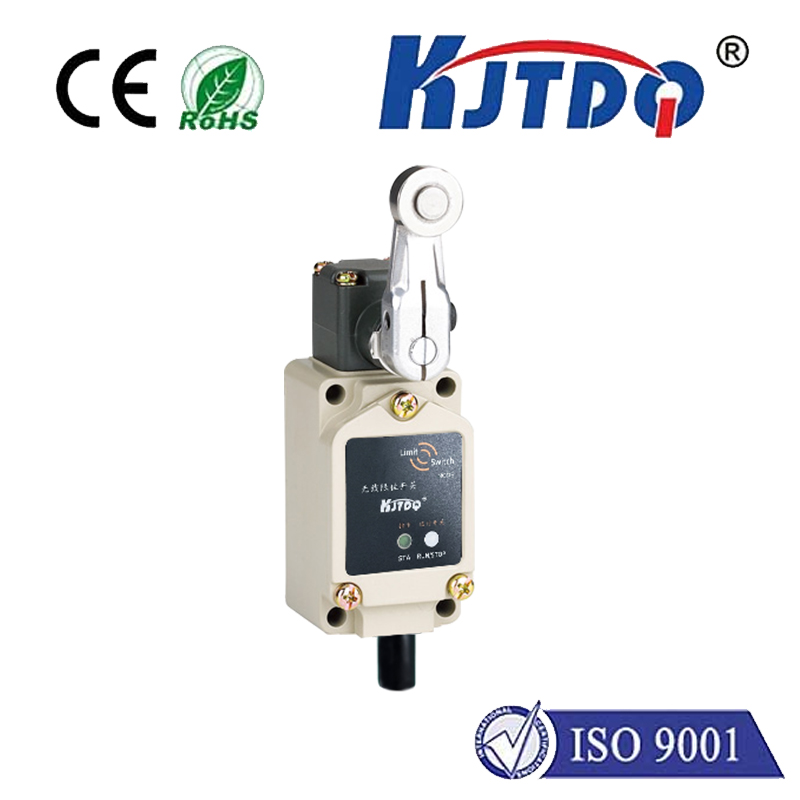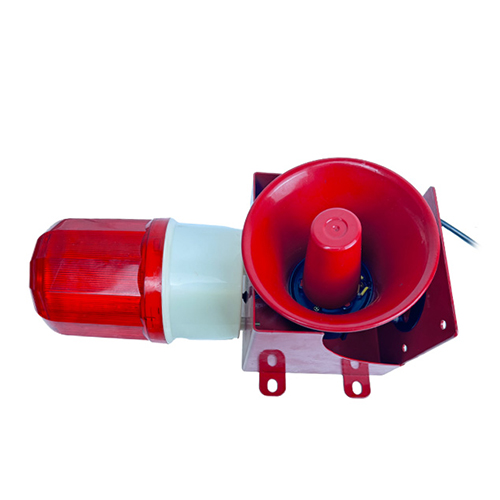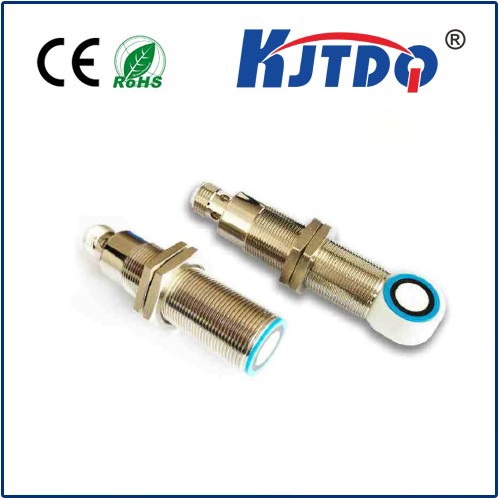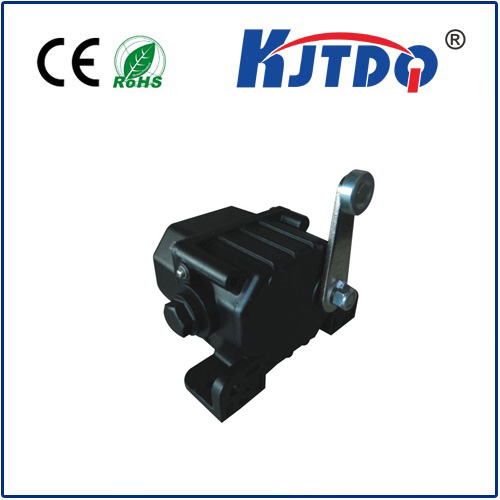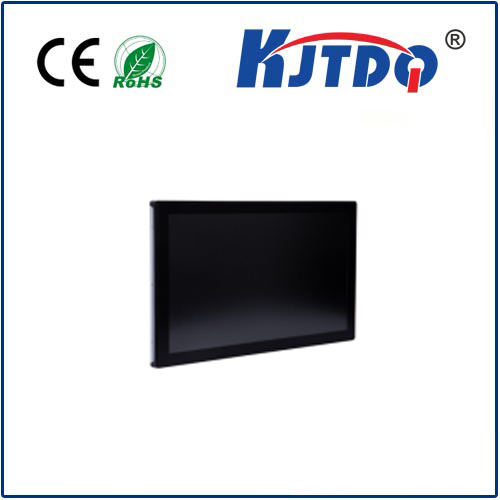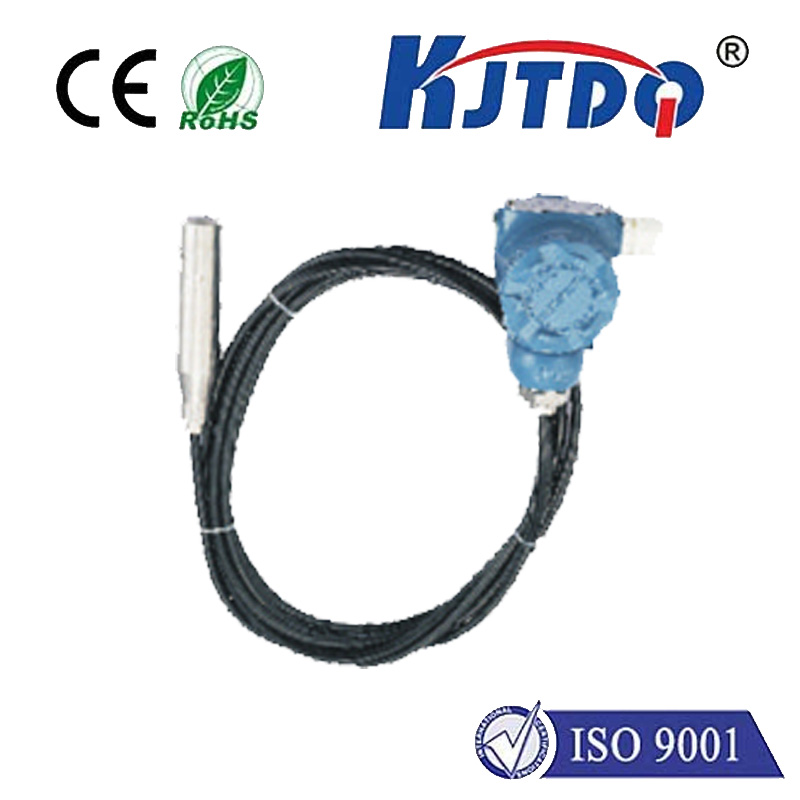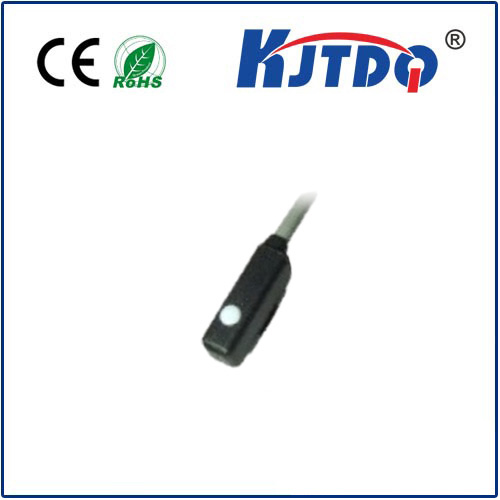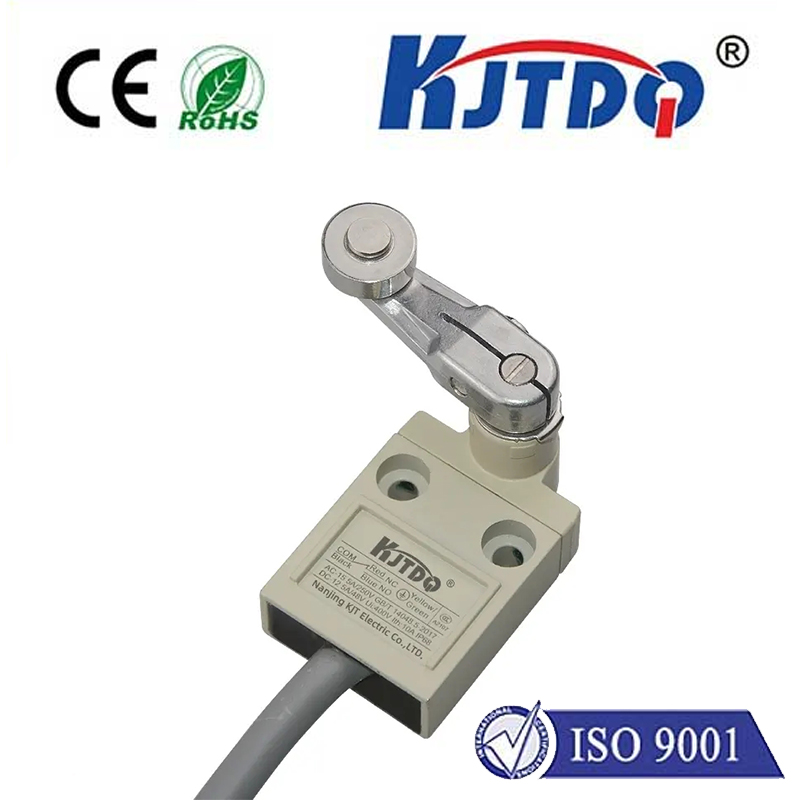

check

check

check

check

check

check

check

check

check

check
For manufacturers, achieving perfect thickness isn’t just a goal; it’s a relentless demand. Material consistency impacts everything – product performance, regulatory compliance, production efficiency, and ultimately, the bottom line. Traditional contact measurement methods, while familiar, often introduce errors, slow down processes, and risk damaging delicate surfaces. This is precisely where laser thickness sensors step onto the factory floor, shining a light – quite literally – on a superior solution.
Understanding Laser Thickness Gauging
At its core, a laser thickness sensor operates on the principle of non-contact optical measurement. Instead of physically touching the material, it employs focused laser beams to determine the distance to both the top and bottom surfaces. The most common technology used is laser triangulation.
Here’s a simplified breakdown:
Why Laser Sensors Outshine Contact Methods

The shift from contact micrometers, roller gauges, and other tactile methods to laser-based systems is driven by significant, measurable advantages:
Superior Speed and Resolution: Laser triangulation sensors excel at high-frequency sampling. They can capture thousands of thickness measurements per second, providing a continuous, real-time profile as material moves rapidly down a production line. This level of granularity offers unparalleled insight into thickness variations impossible to catch with slower manual methods.
High Accuracy and Precision: Modern laser thickness gauges achieve micrometer (μm) or even sub-micrometer resolution. This exceptional accuracy is vital for industries where tolerances are extremely tight, such as aerospace components, high-barrier packaging films, or lithium-ion battery electrodes.
Robust Performance in Harsh Environments: Engineered for industrial settings, laser measurement sensors are often built with hardened casings, protective windows, and internal cooling/air purge systems. This allows them to deliver reliable data in challenging conditions involving dust, steam, vibration, high temperatures near ovens or furnaces, and even ambient light interference.
Seamless Integration and Automation: These sensors serve as the eyes of automated process control systems. Their continuous, digital thickness data output is readily fed into PLCs (Programmable Logic Controllers) or SCADA systems. This facilitates closed-loop control, allowing for immediate adjustment of rollers, extruders, grinders, or other machinery to correct deviations on the fly, significantly minimizing scrap and improving yield.
Key Applications Driving Industry Adoption
The versatility and precision of laser-based thickness sensors make them indispensable across countless sectors:
Implementing Laser Thickness Gauges: Critical Considerations
Successfully leveraging this technology requires careful planning:
The Future is Precise and Contactless
Laser thickness sensors represent more than just a measurement tool; they are a cornerstone of modern industrial automation and quality assurance. Their ability to deliver high-speed, non-contact, micrometer-accurate thickness data in real-time transforms production processes. By enabling tighter control, reducing waste, ensuring compliance, and enhancing product quality, they deliver a compelling return on investment. As manufacturing demands for precision, speed, and efficiency continue to escalate, the role of these sophisticated optical gauges will only become more central, solidifying their status as the gold standard for in-line dimensional measurement. Choosing the right system and implementing it effectively unlocks the transformative power of laser precision for any operation demanding material perfection.
